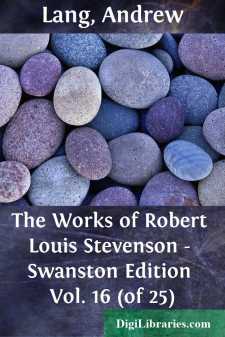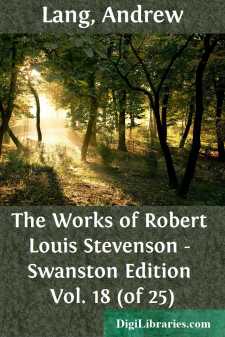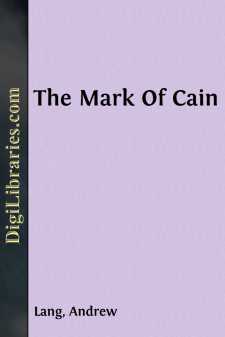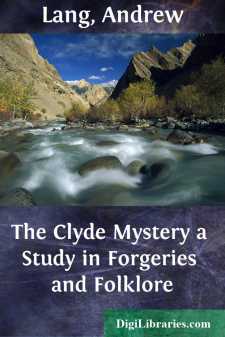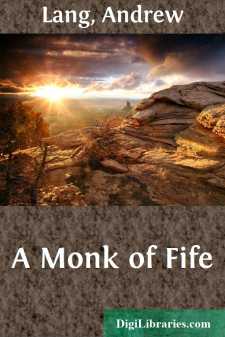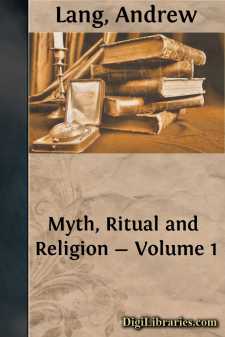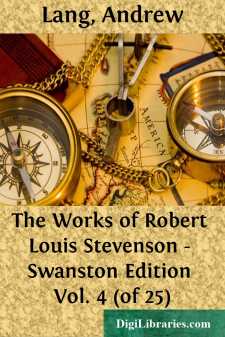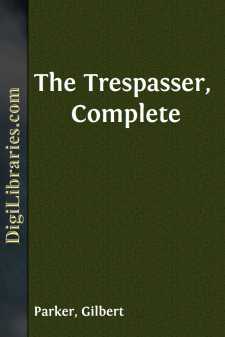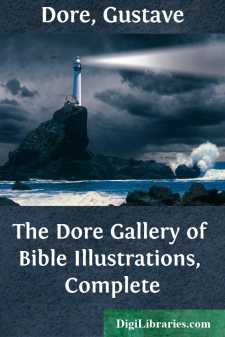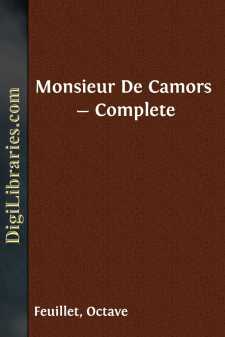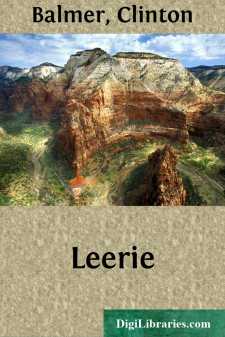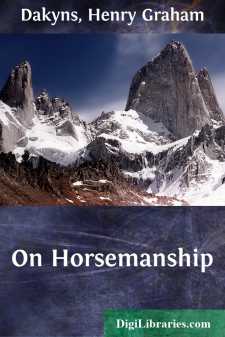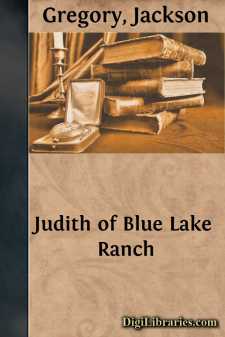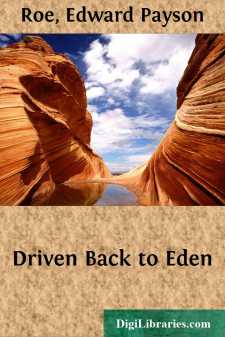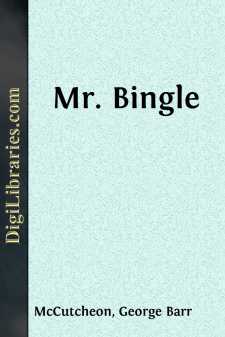Categories
- Antiques & Collectibles 13
- Architecture 36
- Art 48
- Bibles 22
- Biography & Autobiography 813
- Body, Mind & Spirit 138
- Business & Economics 28
- Children's Books 12
- Children's Fiction 9
- Computers 4
- Cooking 94
- Crafts & Hobbies 4
- Drama 346
- Education 46
- Family & Relationships 57
- Fiction 11821
- Games 19
- Gardening 17
- Health & Fitness 34
- History 1377
- House & Home 1
- Humor 147
- Juvenile Fiction 1873
- Juvenile Nonfiction 202
- Language Arts & Disciplines 88
- Law 16
- Literary Collections 686
- Literary Criticism 179
- Mathematics 13
- Medical 41
- Music 40
- Nature 179
- Non-Classifiable 1768
- Performing Arts 7
- Periodicals 1453
- Philosophy 64
- Photography 2
- Poetry 896
- Political Science 203
- Psychology 42
- Reference 154
- Religion 505
- Science 126
- Self-Help 81
- Social Science 81
- Sports & Recreation 34
- Study Aids 3
- Technology & Engineering 59
- Transportation 23
- Travel 463
- True Crime 29
The Works of Robert Louis Stevenson - Swanston Edition Vol. 16 (of 25)
by: Andrew Lang
Categories:
Description:
Excerpt
THE SURNAME OF STEVENSON
From the thirteenth century onwards, the name, under the various disguises of Stevinstoun, Stevensoun, Stevensonne, Stenesone, and Stewinsoune, spread across Scotland from the mouth of the Firth of Forth to the mouth of the Firth of Clyde. Four times at least it occurs as a place-name. There is a parish of Stevenston in Cunningham; a second place of the name in the Barony of Bothwell in Lanark; a third on Lyne, above Drochil Castle; the fourth on the Tyne, near Traprain Law. Stevenson of Stevenson (co. Lanark) swore fealty to Edward I. in 1296, and the last of that family died after the Restoration. Stevensons of Hirdmanshiels, in Midlothian, rode in the Bishops’ Raid of Aberlady, served as jurors, stood bail for neighbours—Hunter of Polwood, for instance—and became extinct about the same period, or possibly earlier. A Stevenson of Luthrie and another of Pitroddie make their bows, give their names, and vanish. And by the year 1700 it does not appear that any acre of Scots land was vested in any Stevenson.
Here is, so far, a melancholy picture of backward progress, and a family posting towards extinction. But the law (however administered, and I am bound to aver that, in Scotland “it couldna weel be waur”) acts as a kind of dredge, and with dispassionate impartiality brings up into the light of day, and shows us for a moment, in the jury-box or on the gallows, the creeping things of the past. By these broken glimpses we are able to trace the existence of many other and more inglorious Stevensons, picking a private way through the brawl that makes Scots history. They were members of Parliament for Peebles, Stirling, Pittenweem, Kilrenny, and Inverurie. We find them burgesses of Edinburgh; indwellers in Biggar, Perth, and Dalkeith. Thomas was the forester of Newbattle Park, Gavin was a baker, John a maltman, Francis a chirurgeon, and “Schir William” a priest. In the feuds of Humes and Heatleys, Cunninghams, Montgomeries, Mures, Ogilvies, and Turnbulls, we find them inconspicuously involved, and apparently getting rather better than they gave. Schir William (reverend gentleman) was cruellie slaughtered on the Links of Kincraig in 1532; James (”in the mill-town of Roberton”), murdered in 1590; Archibald (“in Gallowfarren”), killed with shots of pistols and hagbuts in 1608. Three violent deaths in about seventy years, against which we can only put the case of Thomas, servant to Hume of Cowden Knowes, who was arraigned with his two young masters for the death of the Bastard of Mellerstanes in 1569. John (“in Dalkeith”) stood sentry without Holyrood while the banded lords were despatching Rizzio within. William, at the ringing of Perth bell, ran before Cowrie House “with ane sword, and, entering to the yearde, saw George Craiggingilt with ane twa-handit sword and utheris nychtbouris; at quilk time James Boig cryit ower ane wynds, ‘Awa hame! ye will all be hangit’”—a piece of advice which William took, and immediately “depairtit.” John got a maid with child to him in Biggar, and seemingly deserted her; she was hanged on the Castle Hill for infanticide, June 1614; and Martin, elder in Dalkeith, eternally disgraced the name by signing witness in a witch trial, 1661....


